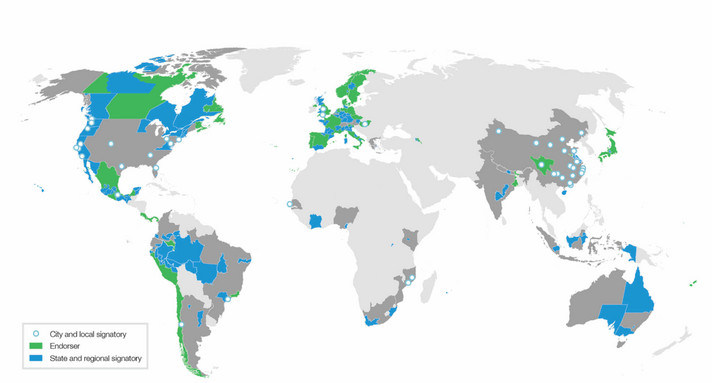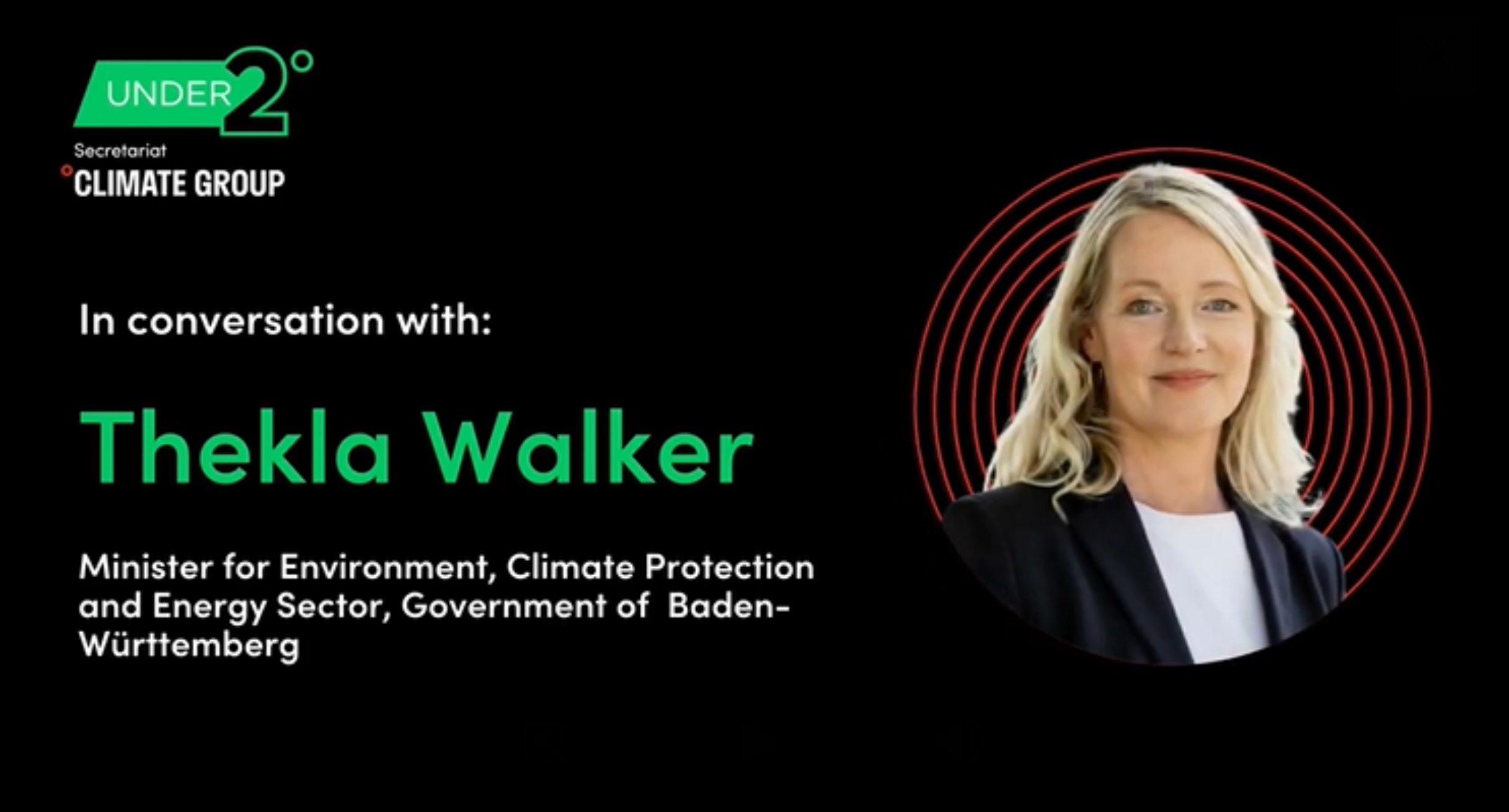The Under2 Coalition is a network at the subnational level, which represents states, provinces, regions and cities from six continents with a joint commitment to an ambitious climate protection policy. Since its inception, the Under2 Coalition has acquired more and more members. The number of individual states and regions that have signed the Under2 Memorandum of Understanding (Under2 MOU) exceeds now 180. The Under2 Coalition thus represents more than 1.75 billion people from more than 40 countries on six continents and more than 50 percent of the global economy.
This article provides an overview of the objectives and contents of the Under2 Coalition, the background and the development of the alliance, the role of Baden-Württemberg and of the different projects of the coalition.
Purpose and intent
The basis of the Under2 Coalition is a signed memorandum of understanding (Under2 MOU) drawn up by California and Baden-Württemberg in advance of the UN Climate Change Conference in Paris (COP 21) in 2015. It contains the central targets of the coalition and represents the fundament for further cooperation of the members. It builds on existing international agreements of the subnational level such the Montreal Declaration (2005), the Cancún Statement (2010) and the Lyon Declaration (2011) as well as the Rio Declaration (1992) and the Paris Agreement (2015).
In the course of 2021, the Under2 MOU was revised by the members of the Steering Group and aligned with the 1.5 degree target of the Paris Agreement, taking into account the latest scientific findings. It will now be successively signed by the members in the new version.
The following fold-out box provides an insight into the Under2 MOU. You can also find out where the name “Under2” stems from:
Objectives: The central objective of the Under2 MOU is to limit the rise of the global average temperature to less than 2 °Celsius or “under 2 °Celsius”. This is one reason how the names “Under2 MOU” and “Under2 Coalition” were derived. Due to the negotiations in Paris, an amendment was made to reflect the new goal of 1.5 °Celsius. The signatories of the Under2 MOU commit themselves to reducing their emissions of greenhouse gases by 80 to 95 percent below 1990 levels by 2050. Another aim is to limit annual greenhouse gas emissions to less than two metric tons per capita by this date. This is the other reason for the name “Under2”.
Measures: The signatories individually define their measures and strategies for complying with these limits. This takes account of the fact that they have differing responsibilities and fiscal means when it comes to shaping climate protection policy and can place different emphases to achieve these goals.
Fields of cooperation: The signatories share information about their activities relating to climate policy. Topics include energy efficiency, traffic & transport, protection of natural resources, waste reduction, science & technology and short-lived climate pollutants. Moreover, the theme of measuring, monitoring, reporting and verifying of greenhouse gas emissions and respective measures to reduce emissions is included to improve transparency. Thus, the members also collect data on greenhouse gas emissions and publish it in their disclosure report. They learn from one another through the network and share their experiences.
Further contents: The signatories also intend to push the issues of adaptation and climate resilience. Furthermore, means of implementation play a role, such as the promotion of effective financing mechanisms and the sharing of technology and expertise.
Joint Statement on California and Baden-Württemberg Partnership
On November 11, 2025, Environment Minister Thekla Walker and Secretary Wade Crowfoot signed a joint statement at COP30 in the presence of Governor Gavin Newsom and State Secretary Jochen Flasbarth to deepen the partnership between Baden-Württemberg and California. The statement builds on the Memorandum of Understanding that has been in place since 2018 and strengthens cooperation in the areas of environment, climate, and energy through concrete joint activities.
Joint Statement on California and Baden-Württemberg Partnership [PDF; 11/25]
Background and Development of the Under2 Coalition
In the past, the United Nations Climate Change Conferences were dominated exclusively by nation states as Parties to the convention or signatory states. Jurisdictions at the subnational level did not play an active role. However, a growing number of states, regions and cities were unsatisfied with this status and looked for ways to take an active part in international climate protection.
States and regions are in many cases responsible for the development and implementation of policies that have the largest impact on the climate. They have authority over fields such as air quality, transportation, energy, the built environment, or research and technology. According to the United Nations Development Programme, regional and local governments can influence 50 to 80 percent of greenhouse gas emissions.
As a signatory of the Under2 MOU, Baden-Württemberg joined other regions in sending out a clear message to the public at the UN Climate Change Conference in Paris in 2015 and subsequent climate conferences. Baden-Württemberg and California successfully drew attention to the role of subnational governments in climate protection.
Now participation at the subnational level is seen as critically import to the success of the Paris Climate Agreement. However, many efforts were required for this to come about:
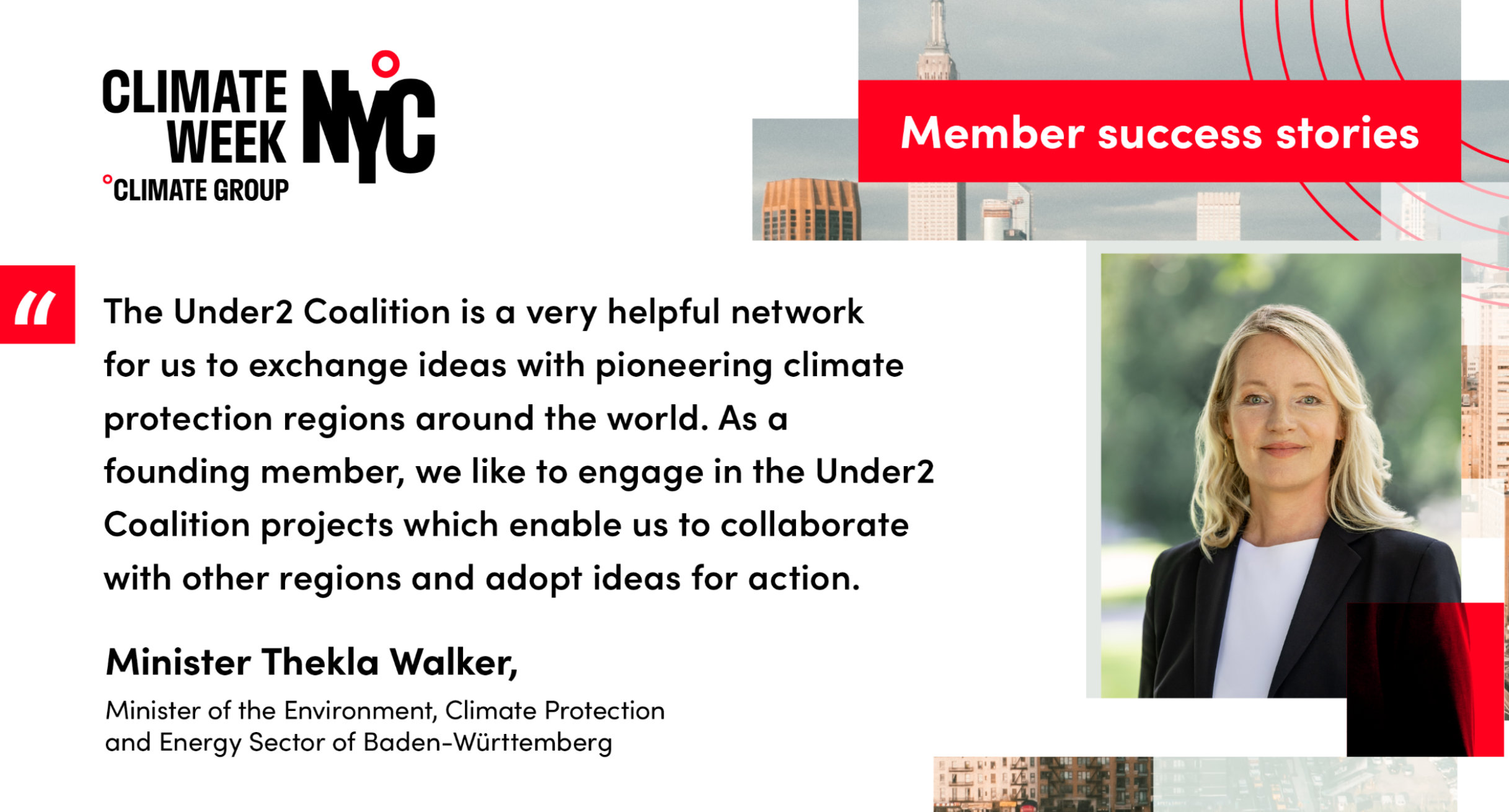
:
As part of Climate Week New York, Baden-Württemberg has the opportunity to share its experience as a member of the Under2 Coalition via a quote by Minister Thekla Walker. This quote explains in a few words why we are amongst the founding members of the Under2 Coalition and highlights the benefits of our activities.
:
Before the World Climate Conference COP28 (November 30 to December 12, 2023) in Dubai, there are many issues that we as european regions and countries want to focus on. Minister Thekla Walker explains in the video which issues need to be prioritized in Dubai from her point of view. (picture: © The Climate Group)
![[Translate to English:] COP27: Teilnehmerinnen und Teilnehmer des Ministerial Meetings der Under2 Coalition](/fileadmin/redaktion/m-um/intern/Bilder/4_Klima/Under2/Bloomberg-at-COP27-RV8-8216-Bloomberg-Philanthropies-2434x1310.jpg)
:
The World Climate Conference COP27 took place from 6 to 20 November 2022 in Sharm-el Sheikh in Egypt. In the final declaration, it was decided to set up a joint fund to compensate for climate damage in poorer countries. The participants reaffirmed their earlier decision to phase out coal. However, there is no mention of a farewell to oil and gas. The climate damage fund is intended to compensate the unavoidable consequences of global warming. The discussion about the fund was the biggest point of contention during the conference. It was discussed until the very end whether the demand for the expansion of renewable energies would be included for the first time. Now, only a "clean energy mix" is demanded, which should include energy production with low greenhouse gas emissions as well as renewable energies. An action programme to reduce greenhouse gas emissions was also adopted. In order to close the gap to the 1.5 degree path, the states are to improve their national targets for 2030 accordingly by the next climate conference in November 2023.

:
This year's General Assembly of the Under2 Coalition was held on the margins of the COP26 Climate Change Conference in Glasgow and was a hybrid event (digital and face-to-face).
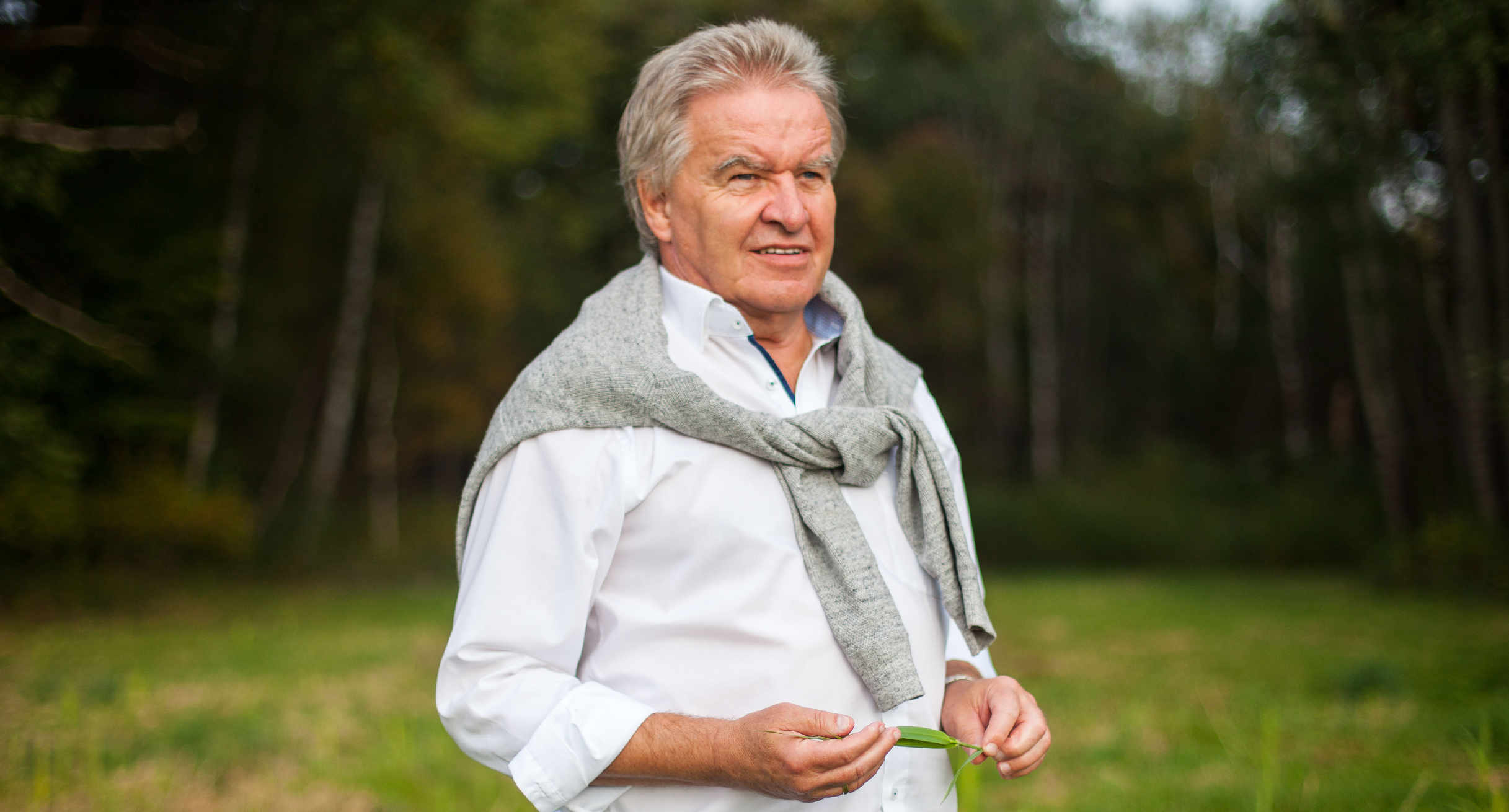
:
Franz Untersteller, former Minister of the Environment, Climate Protection and the Energy Sector in Baden-Württemberg, is now Global Ambassador for the Under2 Coalition.
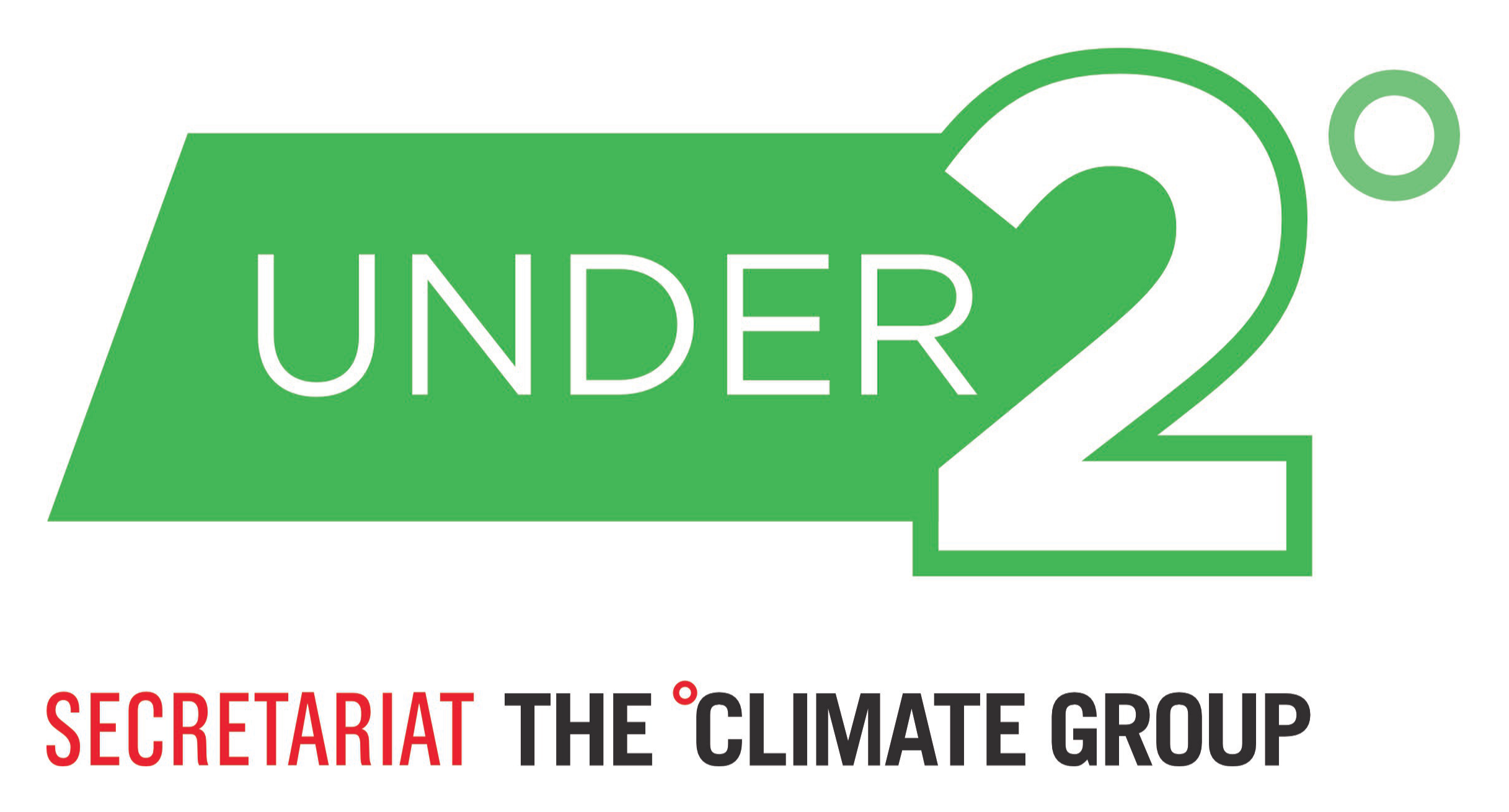
:
In just five years, the Under2 Coalition has established itself as the global climate protection network at the subnational level. Baden-Württemberg is proud to be one of the twelve founding members and supports the activities of the alliance to the best of its ability. Due to the Covid19 Pandemic, the anniversary is being celebrated virtually.
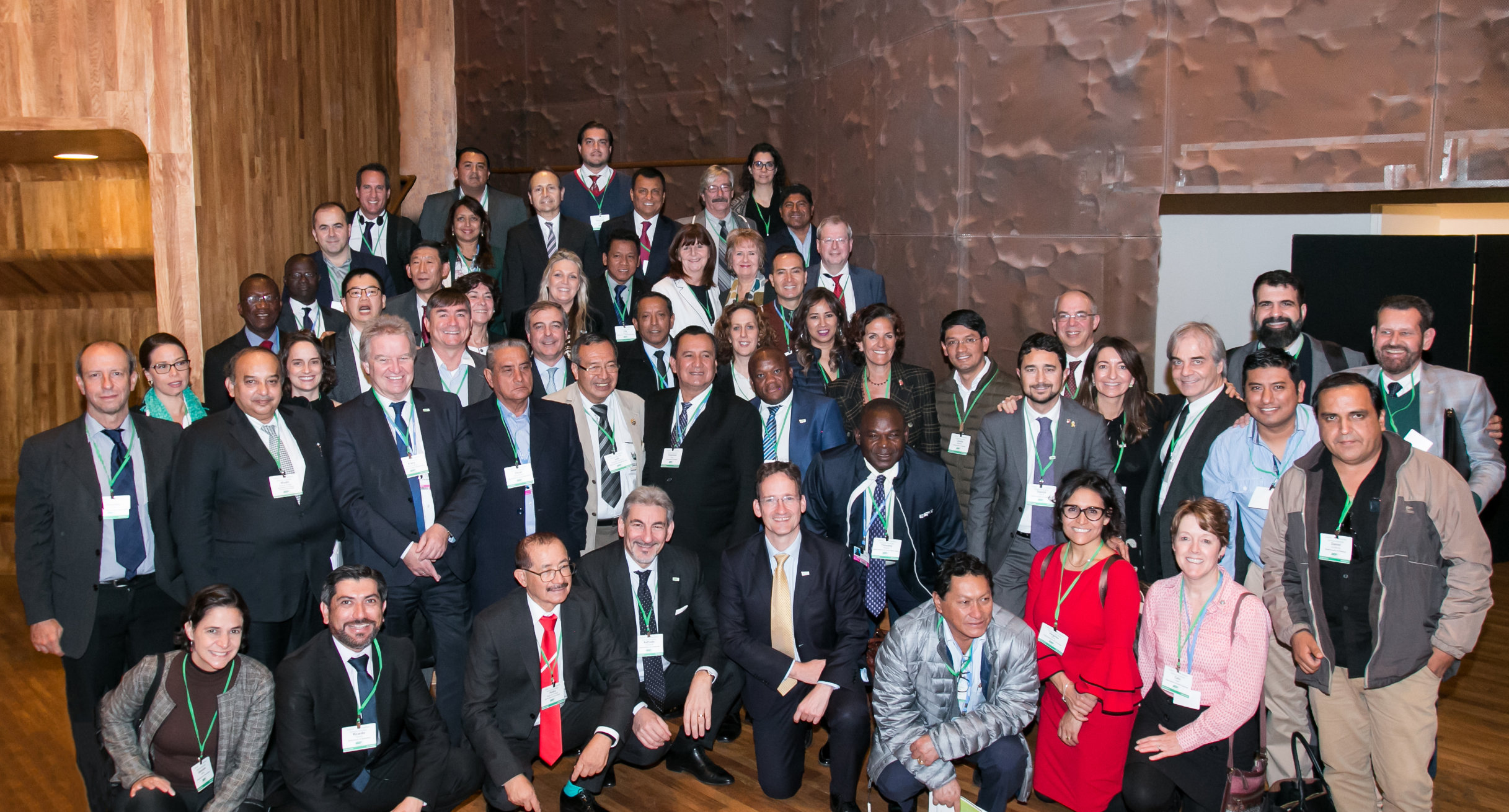
:
The General Assembly of the Under2 Coalition is held at the margins of the climate change conference COP25 in Madrid in Spain.
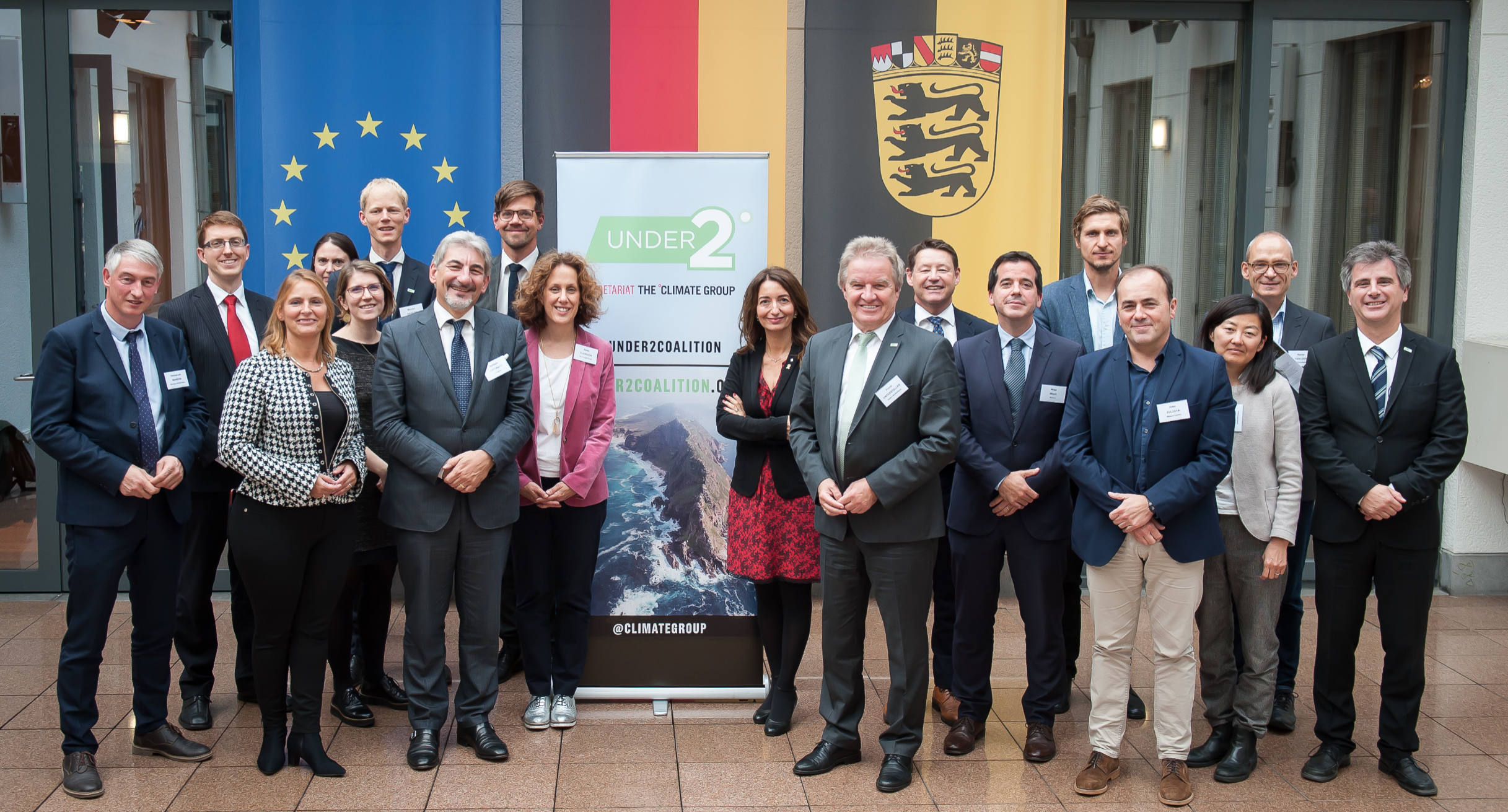
:
At the Representation of the State of Baden-Württemberg to the European Union, another Under2 Coalition Europe Members’ Meeting is taking place to set priorities for the incoming legislative period on the European level.

:
The Climate Week 2019 in New York City is linked to the Climate Action Summit of the UN Secretary General. The Under2 Coalition is involved and members meet for an exchange and to network.23rd to 29th of September 2019: The Climate Week 2019 in New York City is linked to the Climate Action Summit of the UN Secretary General. The Under2 Coalition is involved and members meet for an exchange and to network.
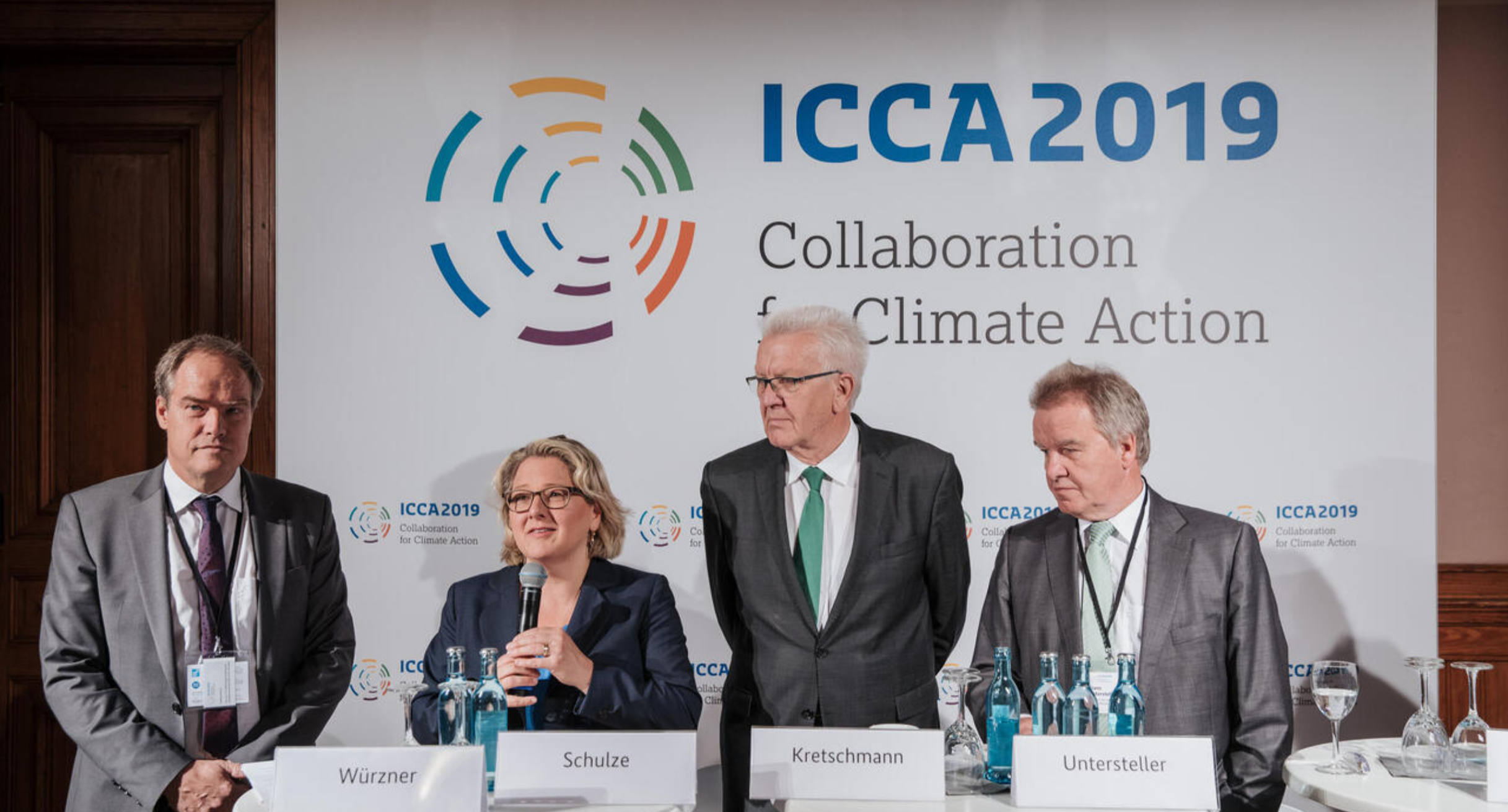
:
Baden-Württemberg hosts the International Conference in Climate Action (ICCA2019) in cooperation with the German Federal Ministry for the Environment, Nature Conservation and Nuclear Safety and the City of Heidelberg. The conference revolves around the collaboration of different governance levels for climate action. The Under2 Coalition is on the spot and co-organizes one of the workshops.
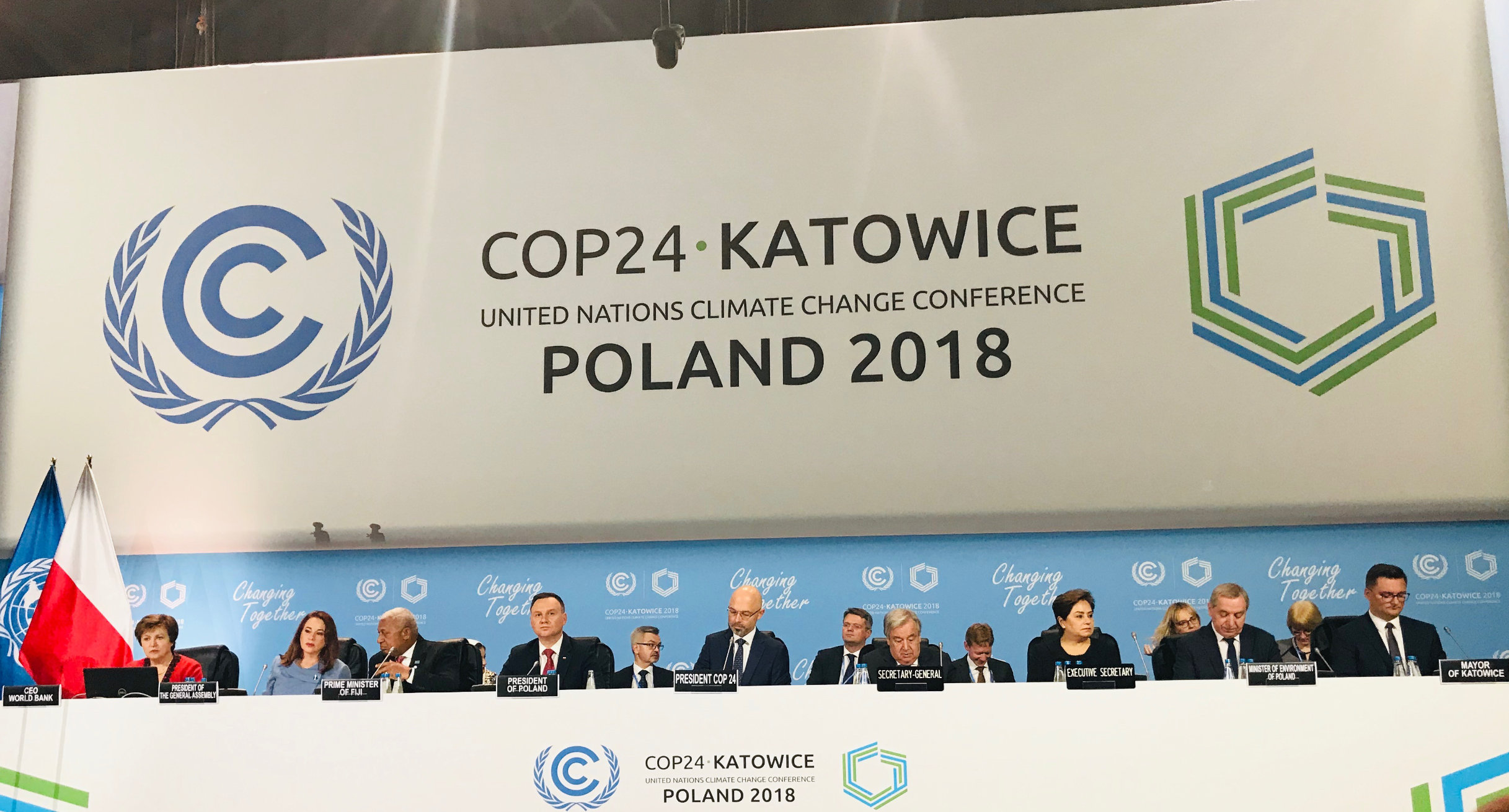
:
At the climate change conference COP24 in Katowice in Poland, Under2 members meet for a common breakfast to network and exchange.
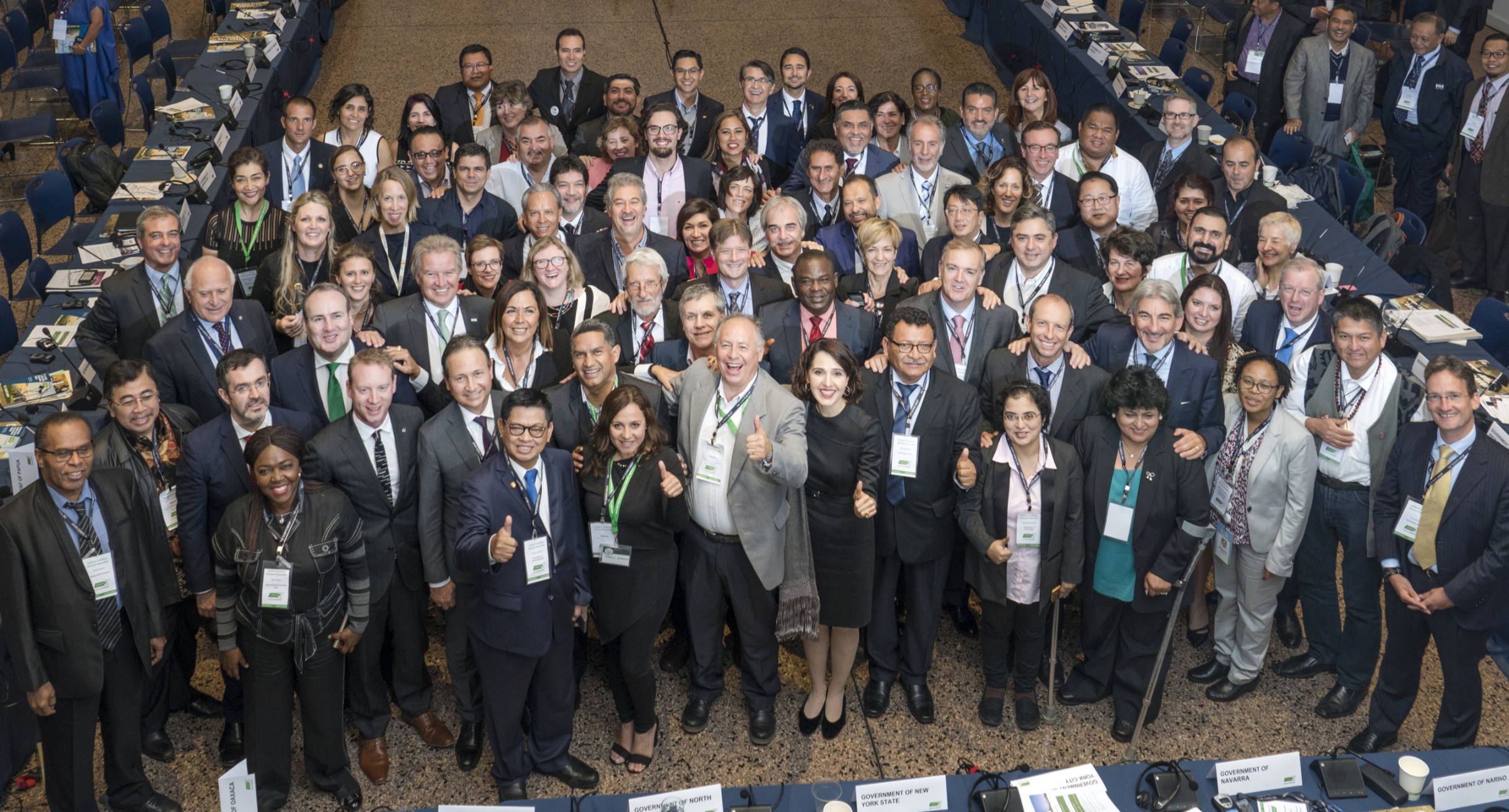
:
At the margins of the Global Climate Action Summit, the Under2 Coalition holds its General Assembly. Moreover, 18 new members are welcomed in the coalition.
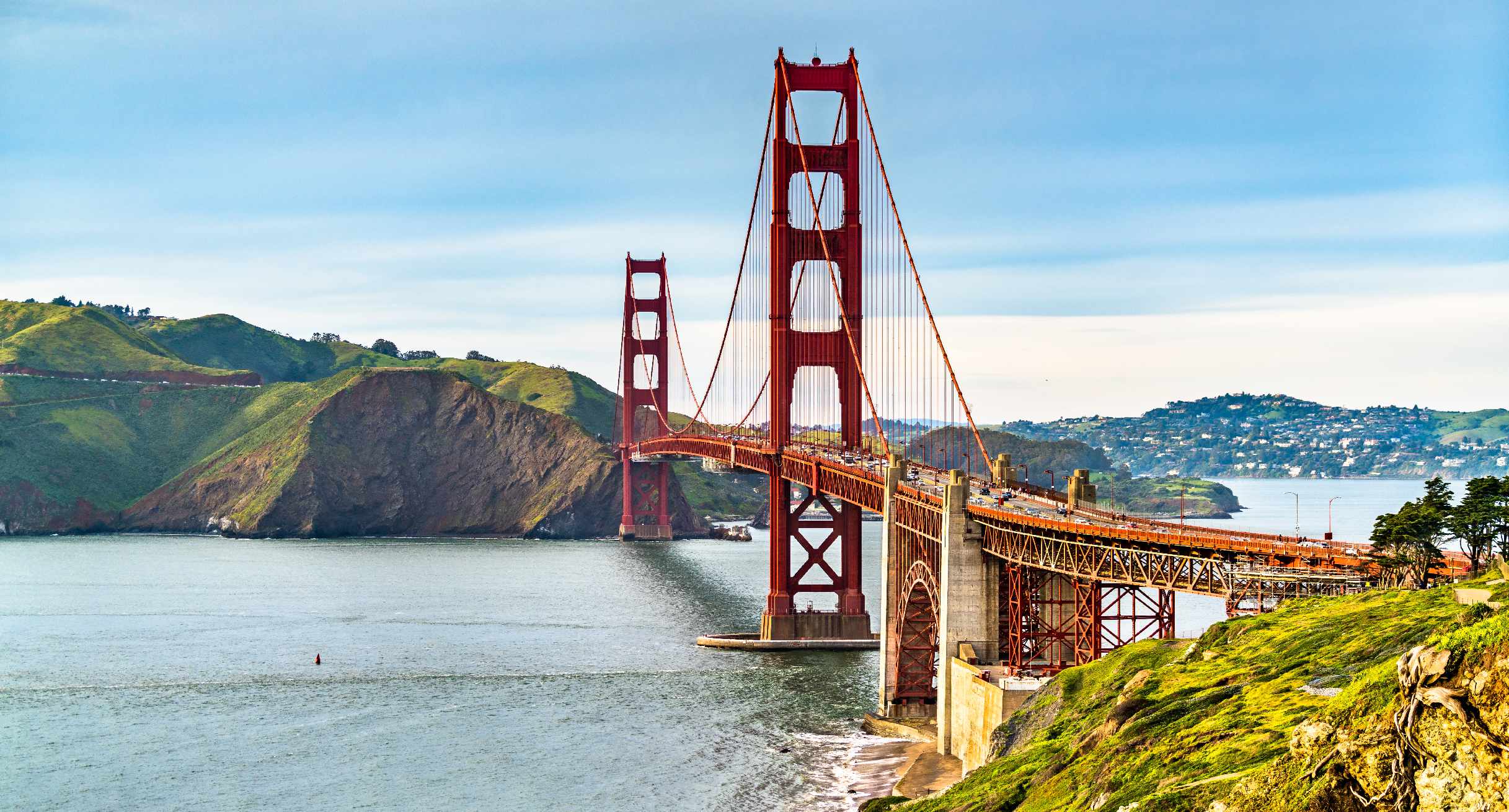
:
The Global Climate Action Summit in San Francisco showcases the manifold efforts of states and regions, cities, companies, investors and citizens. Several Under2 members commit themselves to certain challenges. Baden-Württemberg aims to reach net-zero carbon buildings in its sphere of responsibility at the latest by 2050.
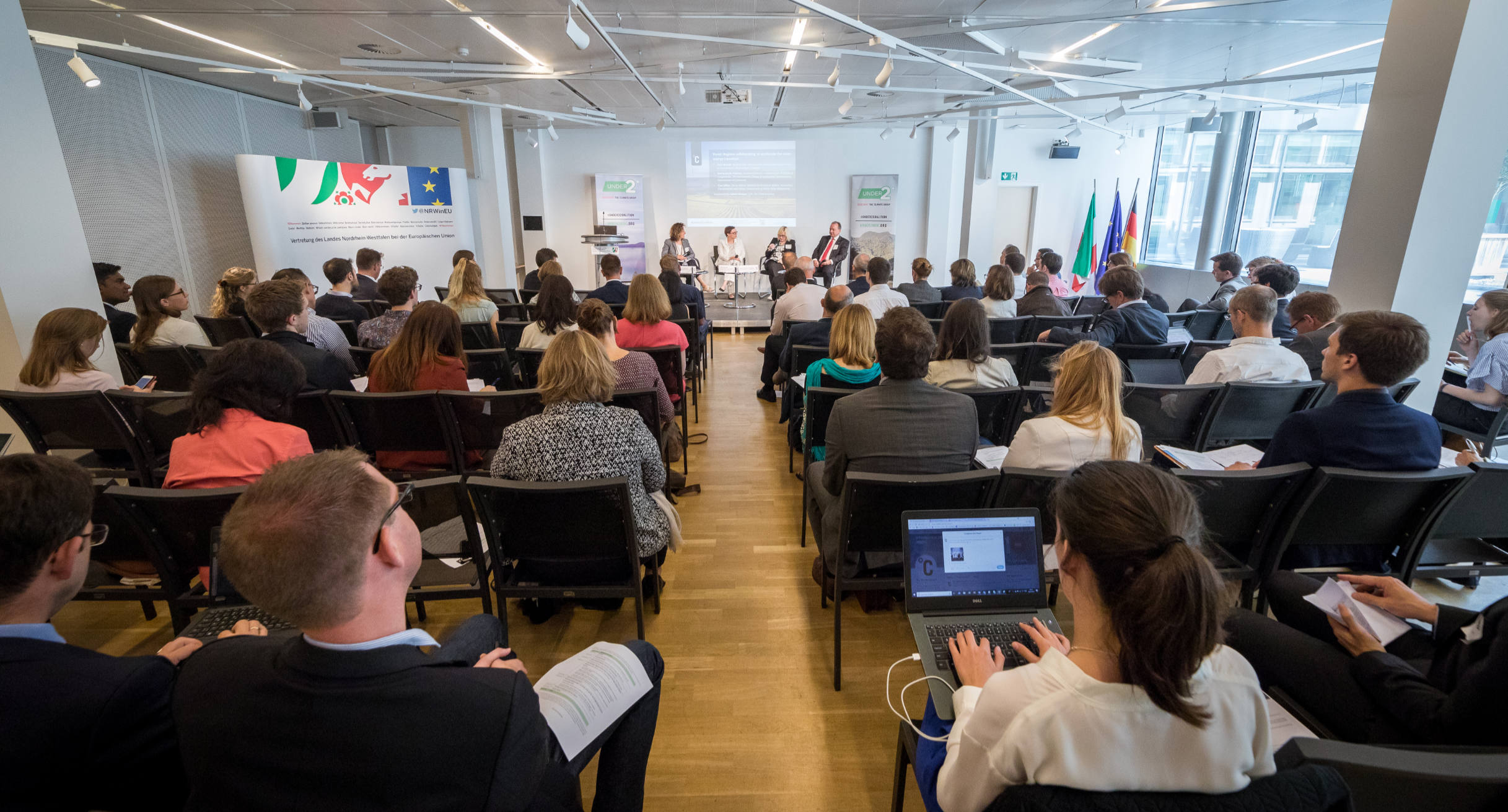
:
A European members’ meeting of the Under2 Coalition is taking place in Brussels to set priorities with regards to climate and energy policy of the European Union.
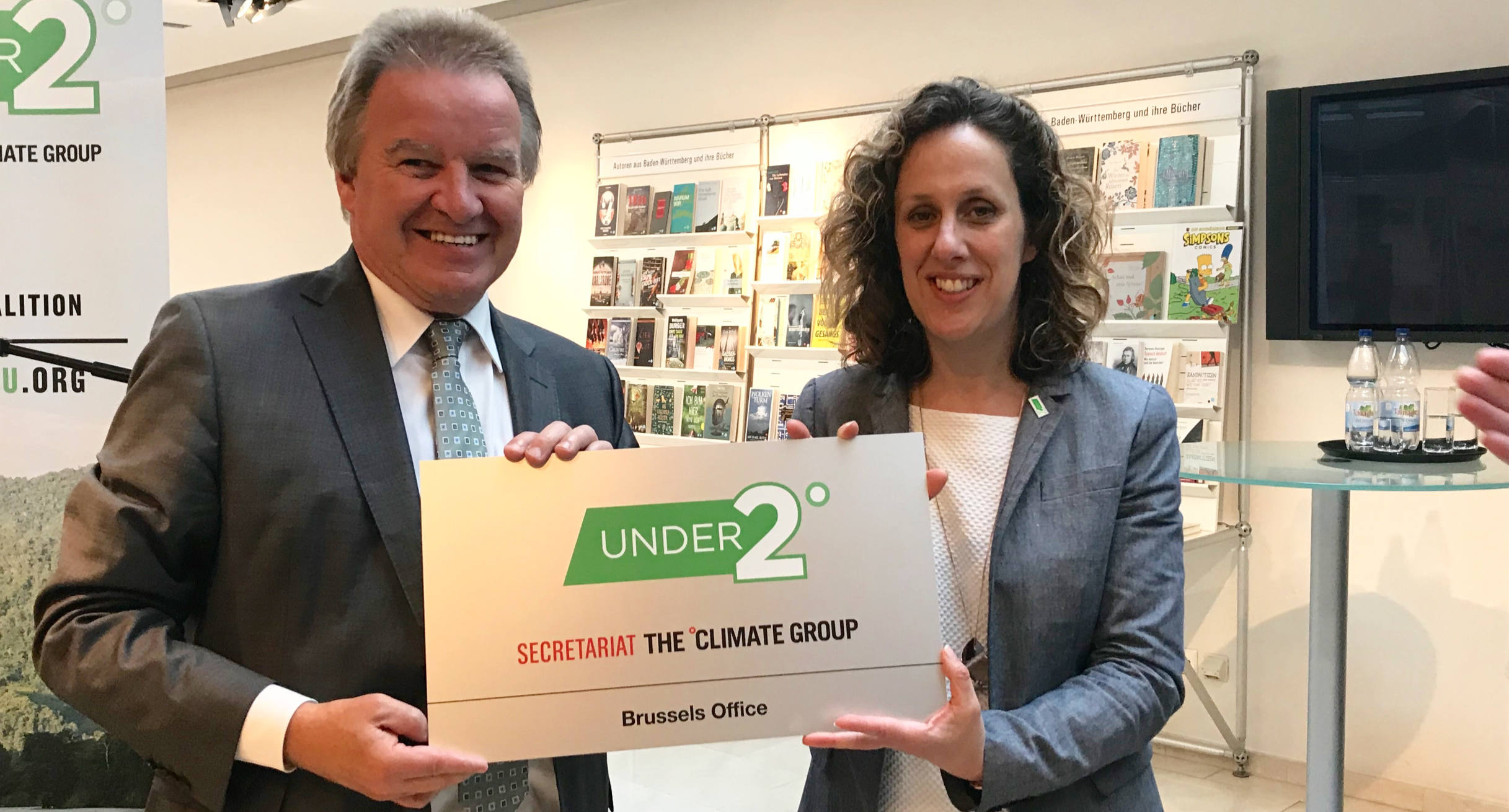
:
The Under2 Coalition celebrates the opening of a liaison office at the premises of the Representation of the State of Baden-Württemberg to the European Union in Brussels. The office shall serve to better coordinate the European activities of the Under2 Coalition.
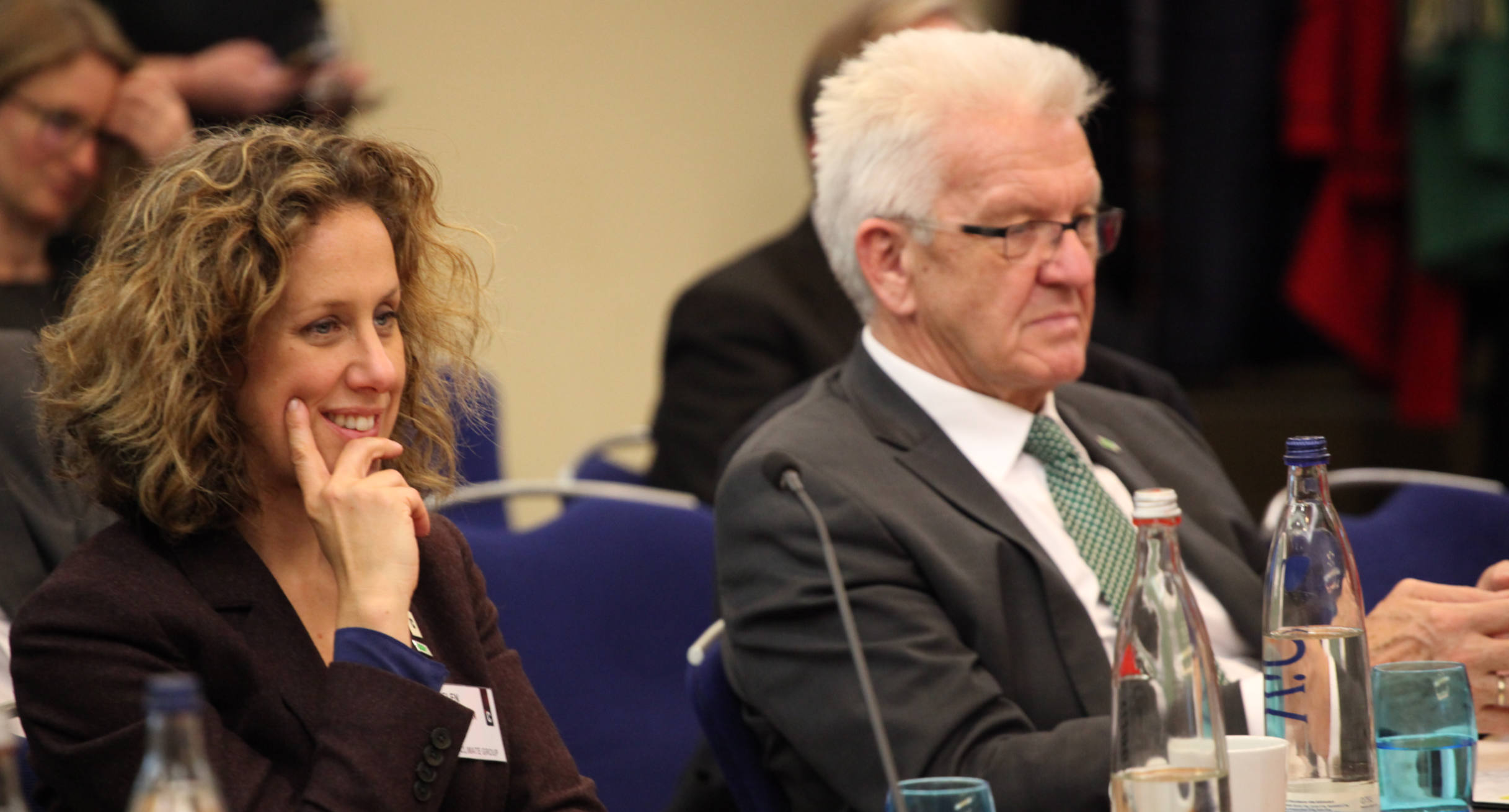
:
In the margins of the climate change conference COP23 in Bonn, the General Assembly of the Under2 coalition is held. The profile of the Under2 Coalition is raised by establishing a Steering Group and by transferring the parallel existing “States and Regions Alliance” into the Under2 Coalition. Moreover, another 16 states and regions join the Under2 Coalition. The total number of members has increased to more than 200 in the meantime.

:
At the Climate Week 2017 in New York another meeting of Under2 constituencies takes place.
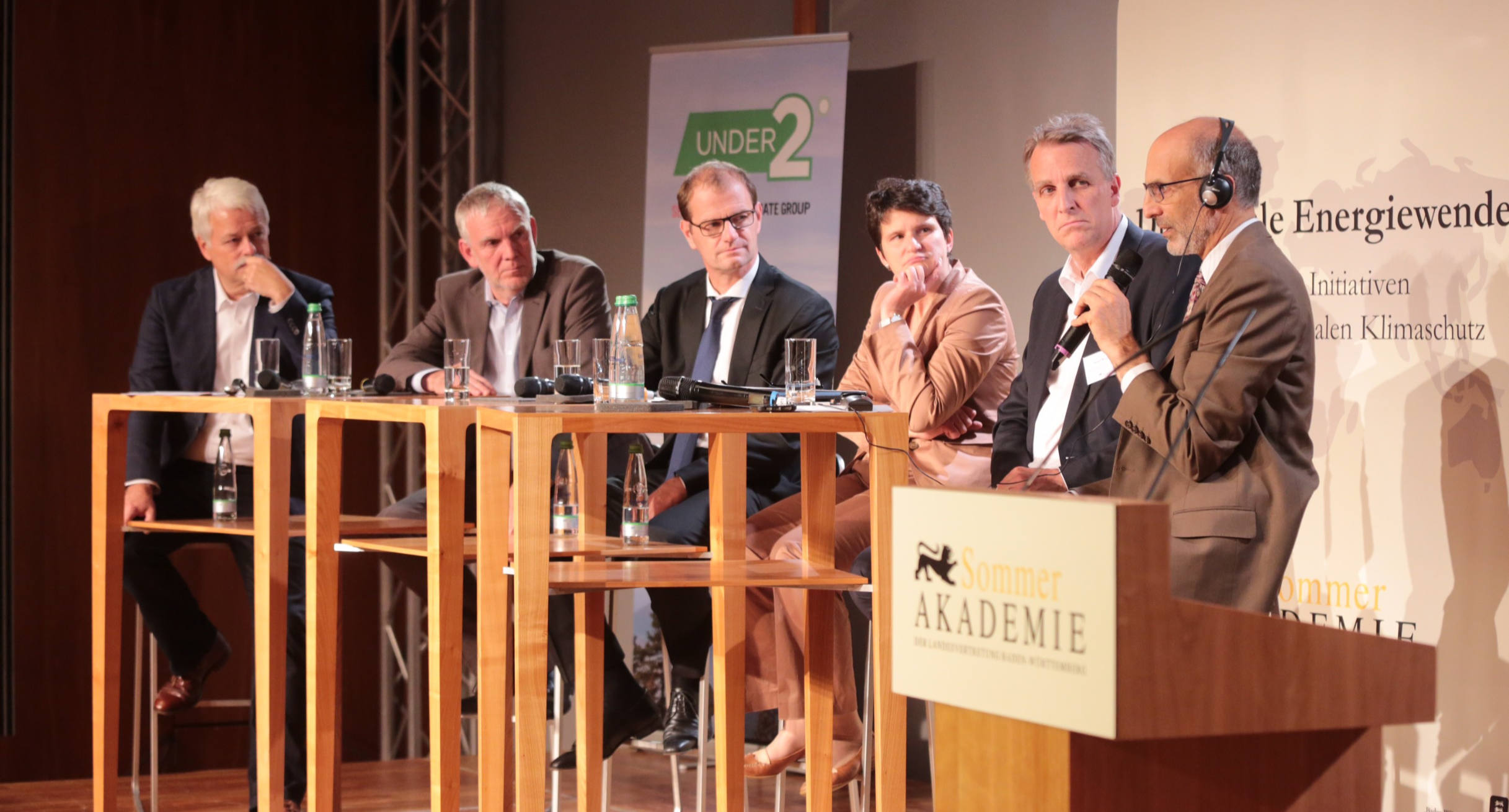
:
Regional climate initiatives such as the Under2 Coalition are the main focus of this year’s edition of the Summer Academy at the Representation of the State of Baden-Württemberg in Berlin.
:
Then Governor of California, Jerry Brown, is appointed as special advisor for states and regions for the United Nations Climate Change Conference COP23 in Bonn later that year.
:
At the Clean Energy Ministerial in Peking Christiana Figueres, former Executive Secretary of the United Nations Framework Convention on Climate Change (UNFCCC) is appointed as first Global Ambassador of the Under2 Coalition.
:
US President Donald Trump announces the withdrawal of the United States of America from the Paris Agreement. Despite that change in direction, more than 20 American States and cities reaffirm their commitment to ambitious climate action as part of their membership of the Under2 Coalition.
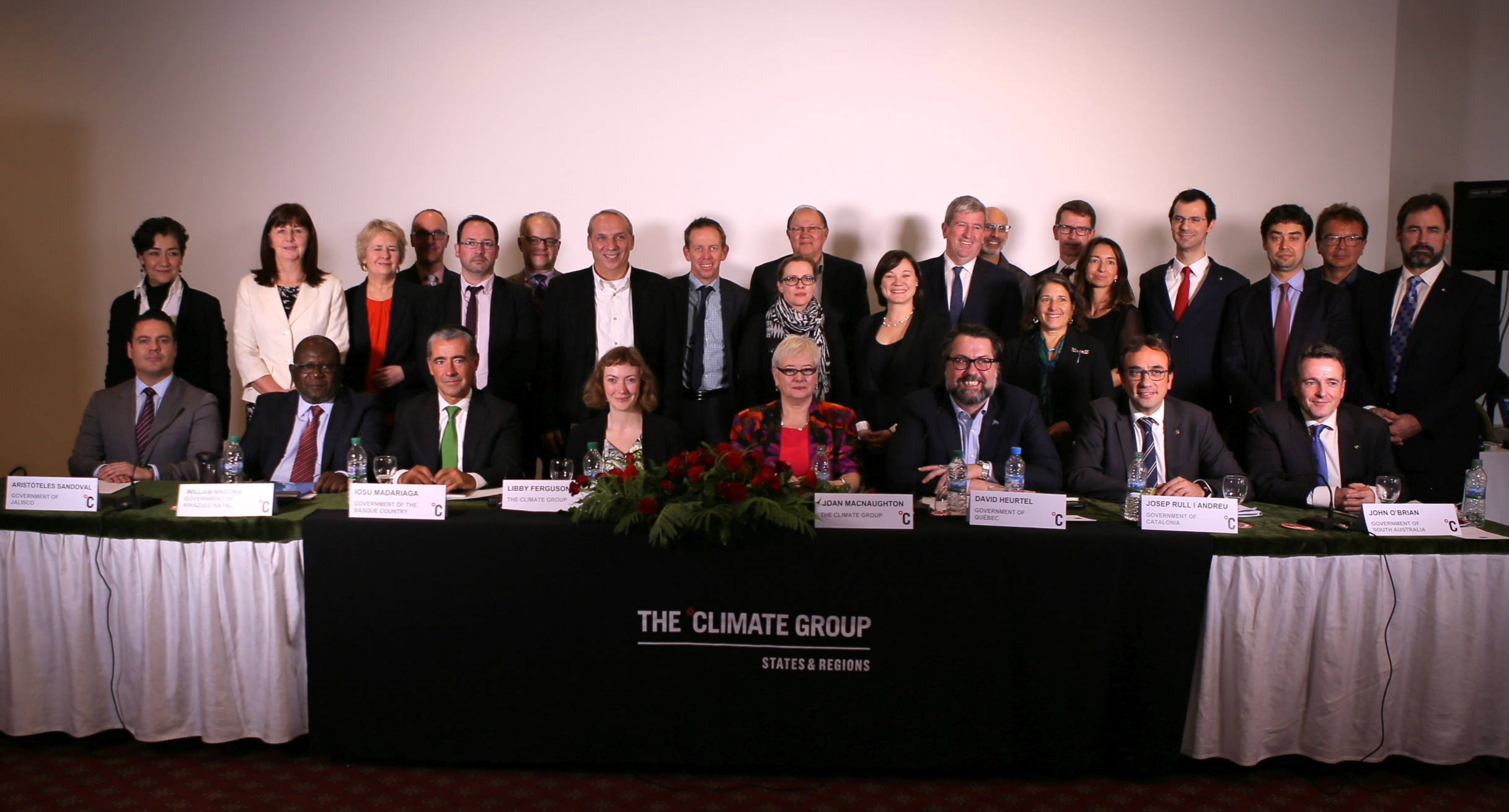
:
At the climate change conference COP22 in Marrakesh 29 further states and regions join the Under2 Coalition. The amount of members is now at 165 jurisdictions.

:
At the 2016 edition of the Climate Week in New York, representatives of the members of the Under2 MOU exchange their views. A discussion on the further strategic focus of the coalition ensues.

:
The Clean Energy Ministerial takes place in San Francisco, a meeting of national-level ministers in charge of the energy industry. California thus organises under this context a subnational Clean Energy Ministerial with representatives of Under2 MOU signatories.
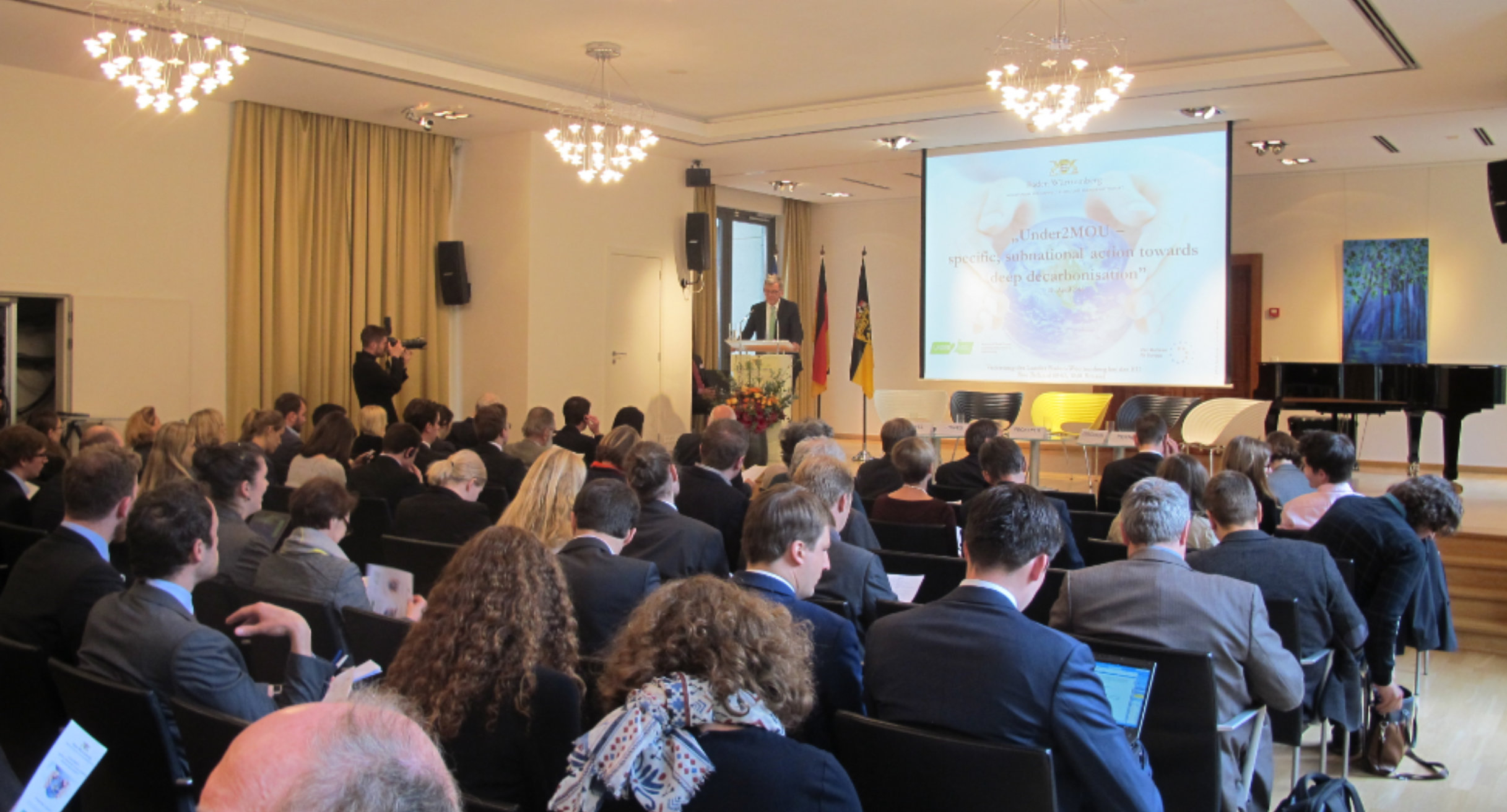
:
Baden-Württemberg hosts a panel discussion on the Under2 MOU in cooperation with the Four Motors for Europe at the Representation of the State of Baden-Württemberg to the European Union in Brussels.

:
At the climate change conference COP21 in Paris,43 new signatories of the Under2 MOU are welcomed. At the end of 2015, more than 100 states and regions have joined the subnational initiative for climate action.

:
From now on, the non-governmental organisation “The Climate Group” acts as Secretariat to the Under2 Coalition due to its experience in coordinating the “States and Regions Alliance”.
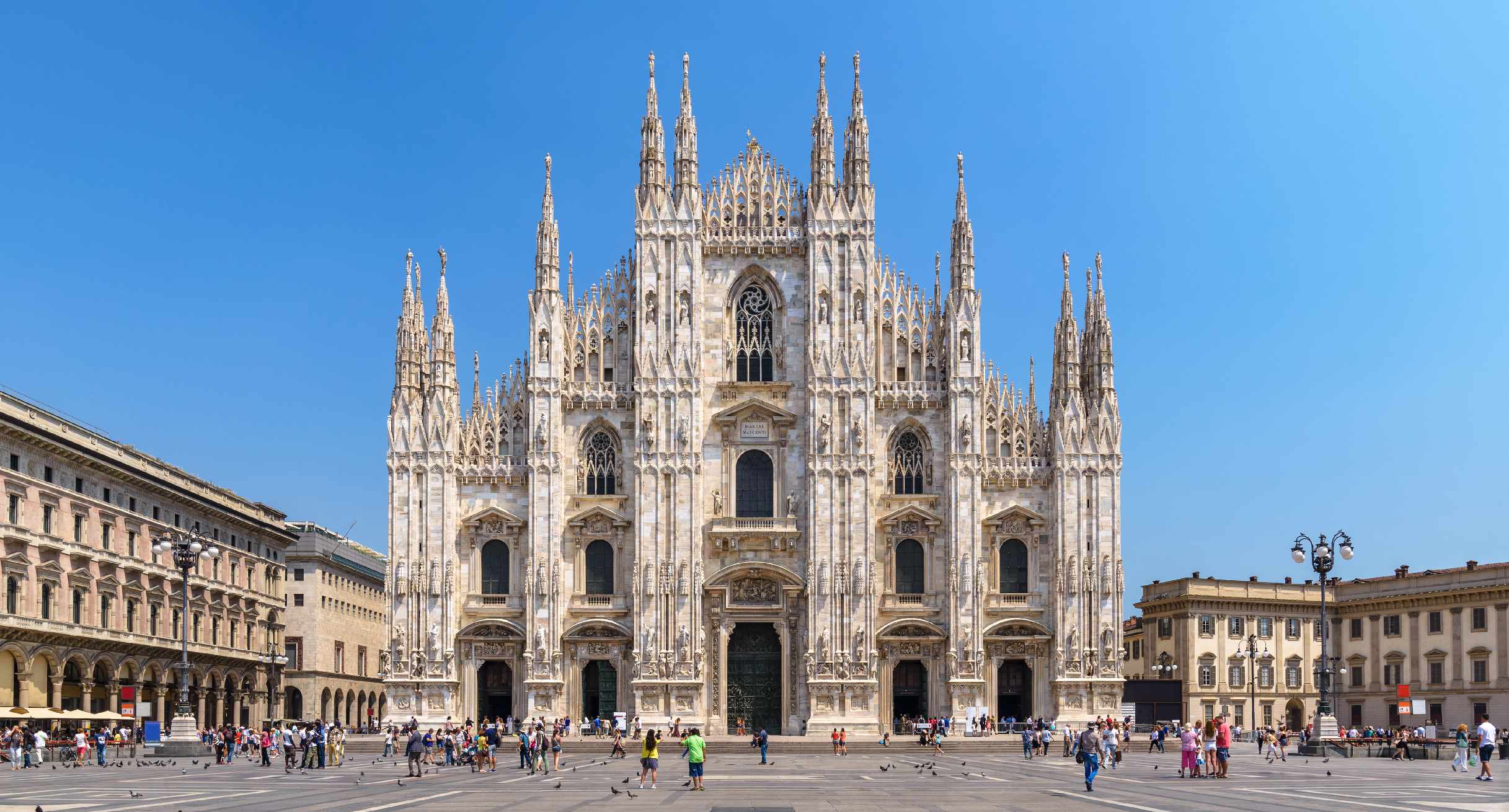
:
At the EXPO in Milano the next signing ceremony for the Under2 MOU is organised. With the accession of Lombardy, all Four Motors of Europe have now signed the Under2 MOU.

:
At the Climate Week in New York another signing ceremony takes place for the Under2 MOU. Another six states and regions join, the total number rises to about 40 states and regions.
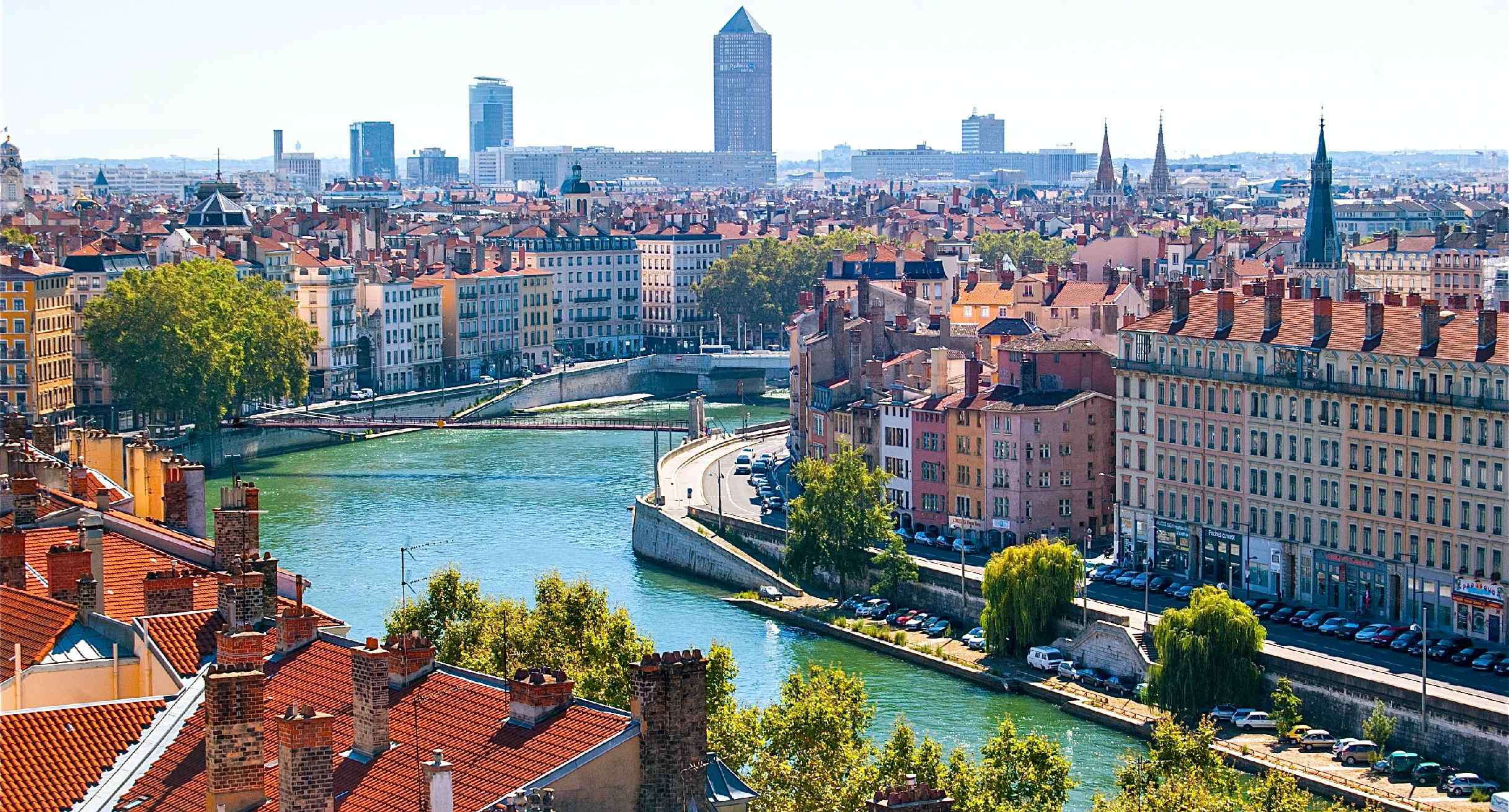
:
At a conference in Lyon, another partner region of Baden-Württemberg, Rhône-Alpes (now: Auvergne-Rhône-Alpes) and further states and regions sign the Under2 MOU.

:
At a conference of the Governors’ Climate and Forests Task Force (GCF) in Barcelona, further states and regions announce their support for the Under2 MOU due to the efforts of the initial signer Catalonia, which is a partner region of Baden-Württemberg.
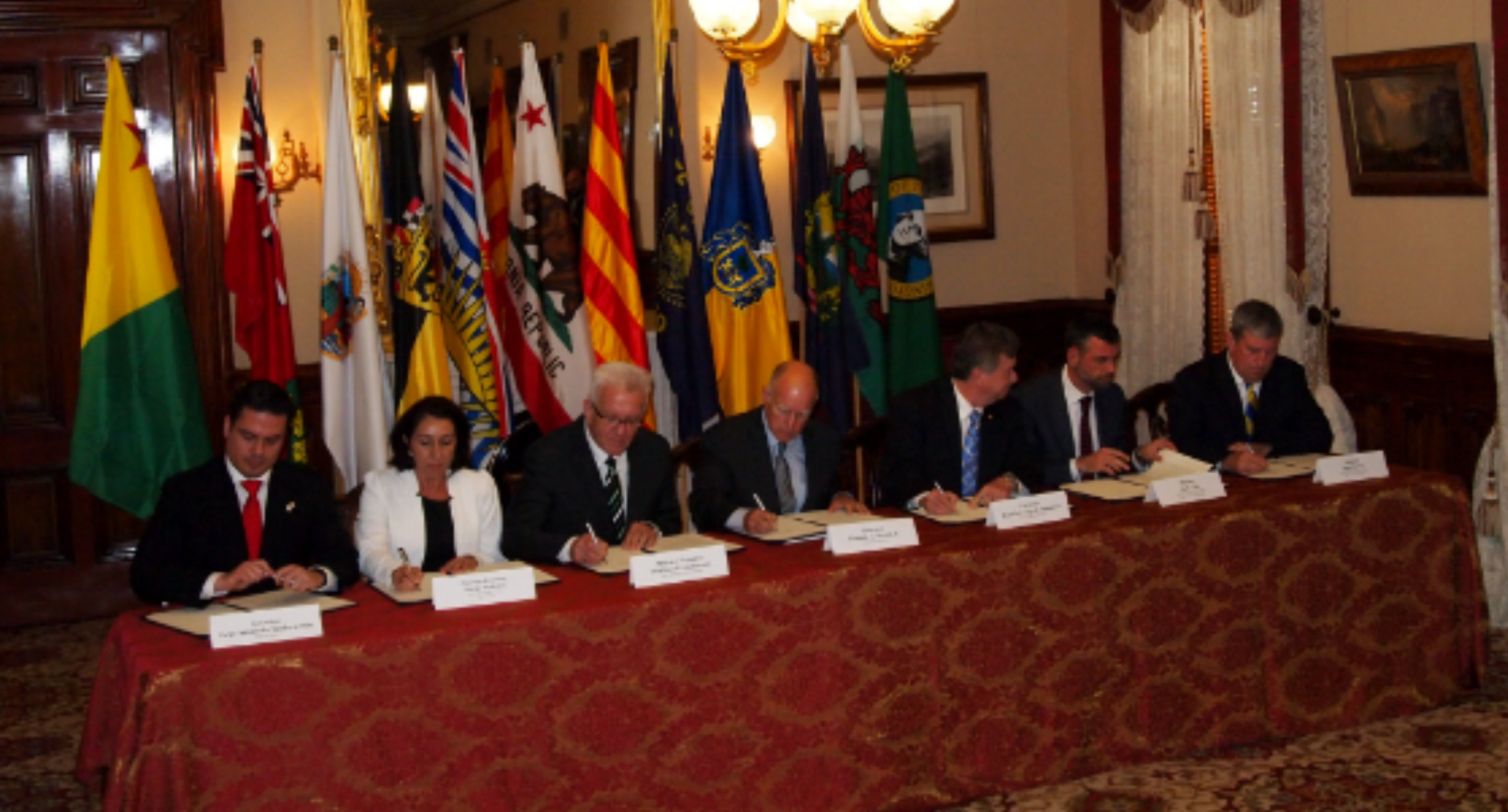
:
Minister President Winfried Kretschmann, former Governor Jerry Brown and ten other government leaders sign the Under2 MOU, building the basis for the Under2 Coalition.
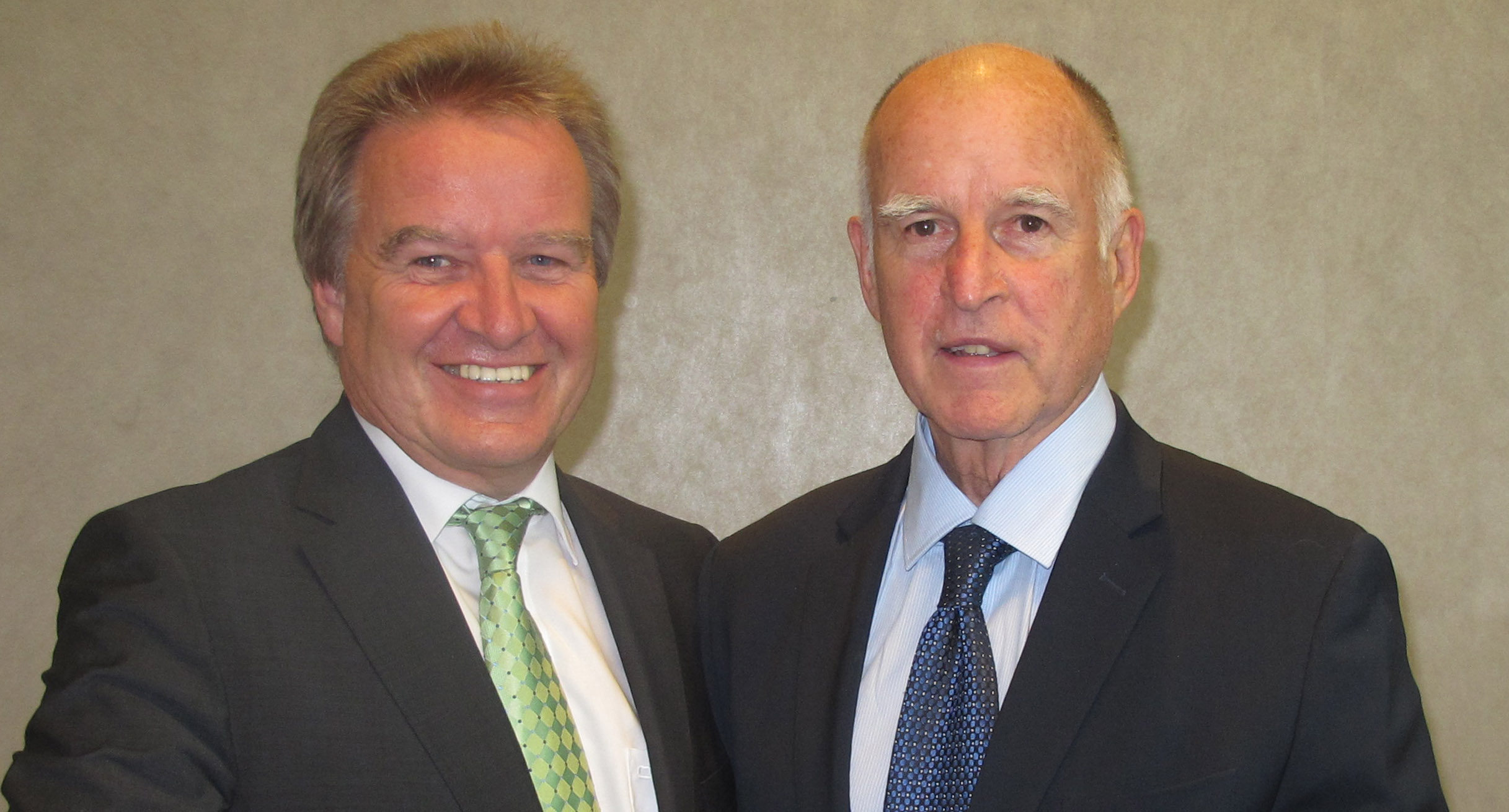
:
The idea for worldwide cooperation on climate at the subnational level arises at a meeting in San Francisco between Minister Franz Untersteller and then Californian Governor Jerry Brown.
Baden-Württemberg has initiated and founded the Under2 Coalition together with California. Thus, the State of Baden-Württemberg has a special responsibility for the coalition. Baden-Württemberg is part of the Under2 Steering Group and served as European Co-Chair in personal capacities of Minister-President Winfried Kretschmann until Scotland took over in September 2020. In 2026 there will be the next elections for the Co-Chairs of the five world regions and the steering group members for the next two years.
Baden-Württemberg provides a liaison office for the Secretariat of the Under2 Coalition at the Representation of the State of Baden-Württemberg to the European Union in Brussels to coordinate the activities of the Under2 Coalition in Europe. In addition, Baden-Württemberg is involved in the further development of the coalition and participates in respective discussions to define the strategic direction as well as being involved in the project work of the Under2 Coalition.
Activities of the Under2 Coalition
The Under2 Coalition has not only set itself ambitious targets, it also implements climate action. For this purpose, three workstreams have been defined:
- 2050 Pathways: Members support each other in drafting long-term decarbonisation strategies with a time horizon until 2050.
- Policy Action: By sharing experiences and implementing concrete projects, the Under2 Coalition spreads best practices, innovative solutions and lessons learned around the globe.
- Transparency: Regional governments are supported to accurately and adequately record and report their greenhouse gas emissions. This way, they can review and improve their climate mitigation and adaptation measures.
The following fold-out box includes further information on the different workstreams and the project work. It also contains information on the Future Fund of the Under2 Coalition.
Projects of the Under2 Coalition
You can find more information about specific projects within the different work streams and what the Under2 Coalition’s Future Fund is all about here:
The members of the Under2 Coalition yearly disclose their annual greenhouse gas emissions, climate measures and strategies as part of the "Annual Disclosure" by the organisation CDP (Carbon Disclosure Project). This way, the Under2 Coalition is able to track whether the measures are having the hoped-for effect. The results show that the regional level has both more ambitious climate targets as well as a better track record in reducing emissions than their national counterparts.
The Climate Footprint Project supported several regional governments to improve their monitoring, reporting and verification (MRV) systems to record greenhouse gas emissions. The International Climate Initiative (IKI) of the German Federal Ministry for the Environment, Nature Conservation and Nuclear Safety has funded the project. Baden-Württemberg had advocated decisively for this funding opportunity.
The Climate Pathway Project supported several regional governments to draft scenarios and plans to decarbonise their economies and societies. The focus was on regions with significant emissions in the AFOLU sector (agriculture, forestry and other land uses). Norway’s International Climate and Forest Initiative (NICFI) funded the project. It is supposed to contribute to forest preservation and to prevent deforestation.
The Energy Transition Platform has supported eleven participating regions to develop and implement measures and strategies for the development of a clean energy sector. The focus was put on regions with particular structural challenges to achieve a transition in the energy sector. The project was successfully concluded in May 2018. The German State of North Rhine-Westphalia has participated in the project.
The Future Fund supports member regions of the Under2 Coalition from developing countries and emerging economies in their activities to mitigate and adapt to climate change. On the one hand, concrete projects to reduce greenhouse gas emissions are funded. On the other hand, secondments are sponsored to enable the exchange with other states and regions of the Under2 Coalition. The Future Fund was established in 2016. Several members from industrialised countries contribute to the Future Fund, including Baden-Württemberg (since 2019).
The Industry Transition Platform brought together highly industrialised regions. They work together in developing approaches on how to shape the unavoidable structural change in a way that preserves the industrial sites, employment opportunities and economic prosperity. Innovative and ambitious strategies shall reduce greenhouse gas emissions in the industrial sector as a result.
Net Zero Futures is an initiative led by European co-chair Scotland, in partnership with Bloomberg Philanthropies and the Climate Group, aimed at increasing action toward net zero emissions in states and regions worldwide.
To support state and regional governments in understanding, setting, and delivering on net zero emissions targets, Net Zero Futures provides the opportunity to:
- Participate in global peer learning activities to demystify net zero
- Share learnings and challenges in smaller group in-depth discussions
- Access expert resources and technical assistance
- Highlight Net Zero Leaders – governments with net zero targets – ahead of COP26 to demonstrate how ambitious targets can be set and achieved
- Empower states and regions to join the UN’s Race to Zero campaign
Next Generation Budgets is a current project in collaboration with the government of North Rhine-Westphalia, funded by the Mercator Foundation. In Baden-Württemberg, the Ministry of Finance is in charge.
The project aims to align public budget planning with the goals of climate neutrality and to help enable financing models based on technical training for participants and international best practice examples. Eleven countries and regions in Europe and North America, each pursuing ambitious net-zero emissions targets, are collaborating on this project.
These governments will lead the Under2 Coalition in mainstreaming green approaches into their budgets and making their regions ready for climate investments. Together they work to develop environmentally friendly budgeting practices while supporting sustainable growth and prosperity.
This project has supported states and regions to increase the amount of zero emission vehicles (ZEV) within their jurisdictions. It enabled the sharing of experiences among regions and contributed to the dissemination of innovative policy approaches. Webinars were offered and case studies were drafted on topics like charging infrastructure or switching governmental fleets to electric mobility. Baden-Württemberg participated actively in the project with its e-mobil BW GmbH. The project now runs with a different title and changed design as ZEV Community.
The Under2 Coalition is active in fields as diverse as short-lived climate pollutants such as methane or ocean acidification. Further project ideas are constantly collected and discussed to broaden the scope.
Contact
Anke Obenland-Spyra
+49 711 126-1851
Write e-mail

